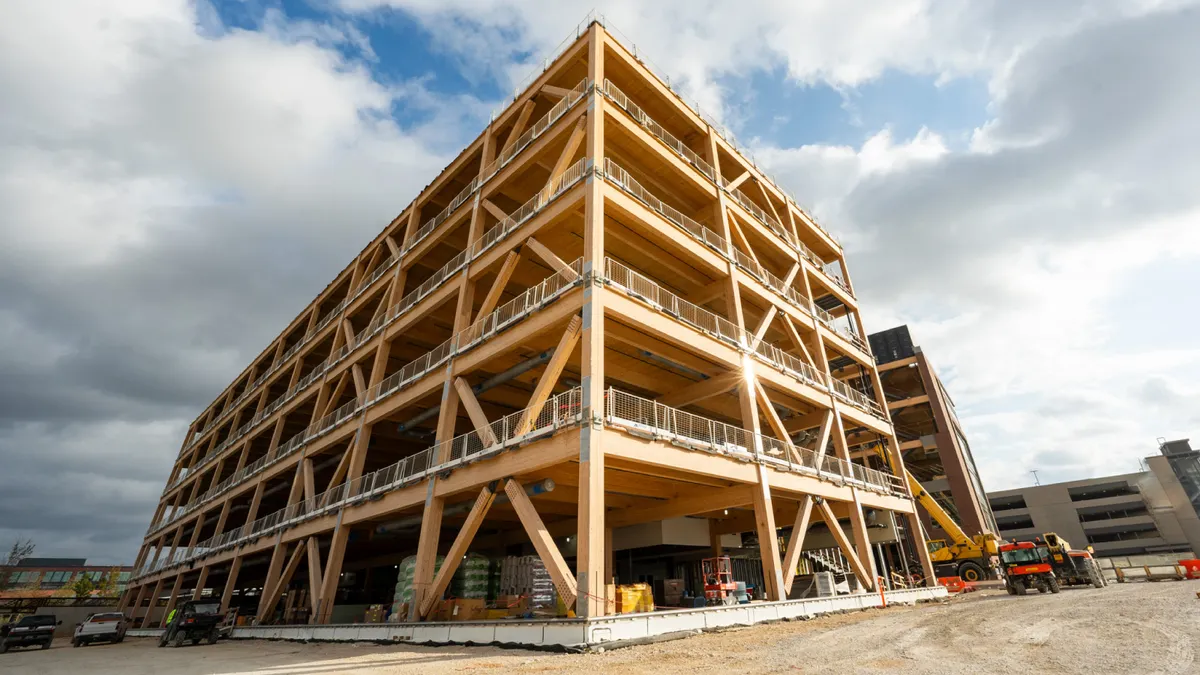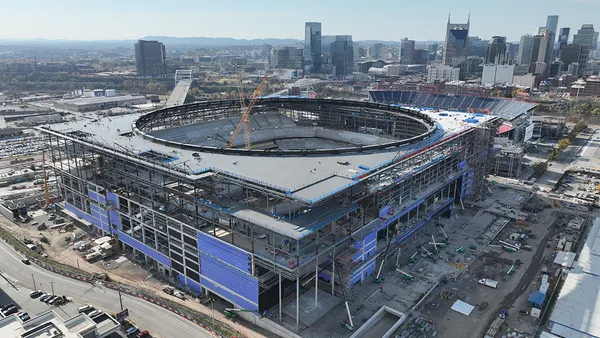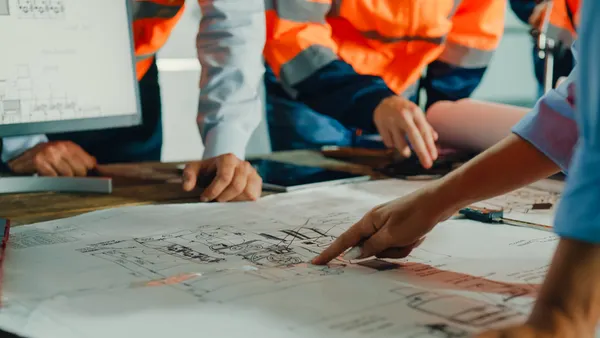Diver Brief:
- Extensive damage in 2010 and 2011 to shallow-foundation structures in Christchurch, New Zealand, and the country's Canterbury region made the area ground zero for research on ways to improve soils that are prone to liquefaction when earthquakes strike.
- A crew from the University of Texas at Austin was part of the research effort, using the Cockrell School of Engineering's 64,000 rolling behemoth shaker truck, nicknamed T-Rex, as one of the ways to simulate temblors to test a series of techniques.
- Preliminary results, the researchers reported at a conference, showed that rapid-impact compaction, rammed aggregate piers and double row beams hold the most promise.
Dive Insight:
The research was done in areas where the earth has shown what damage it can do as quakes liquefy soil. The risk is not isolated, though. There are other places, such as Boston's filled-in Back Bay area, that might experience similar effects, though the likelihood of a significant earthquake is lower.













